Introduction
The ultimate guide to Keeshond covers care, health, and training tips for a happy dog.
- They are known for their beautiful fluffy coats and fox-like faces
- Keeshonds are excellent family pets due to their affectionate nature
- Originally bred as watchdogs, they are alert and protective
- Their playful energy makes them great companions for active families
- In this guide, we will explore the key traits, care, and training for Keeshonds
1. Keeshond History

The Keeshond has a rich history as a loyal companion and watchdog.
- Origin: Originated in Holland as a barge dog
- Watchdog: Served as a reliable watchdog on boats and farms
- Companion: Valued as a family companion for centuries
- Symbol: Became a symbol of the Dutch Patriot Party in the 18th century
- Recognition: Gained official recognition by the AKC in 1930
- Name: Named after Dutch Patriot leader, Cornelis "Kees" de Gyselaer
- Popularity: Gained global popularity for its friendly demeanor
- Adaptability: Thrives in both rural and urban environments
2. Keeshond Appearance
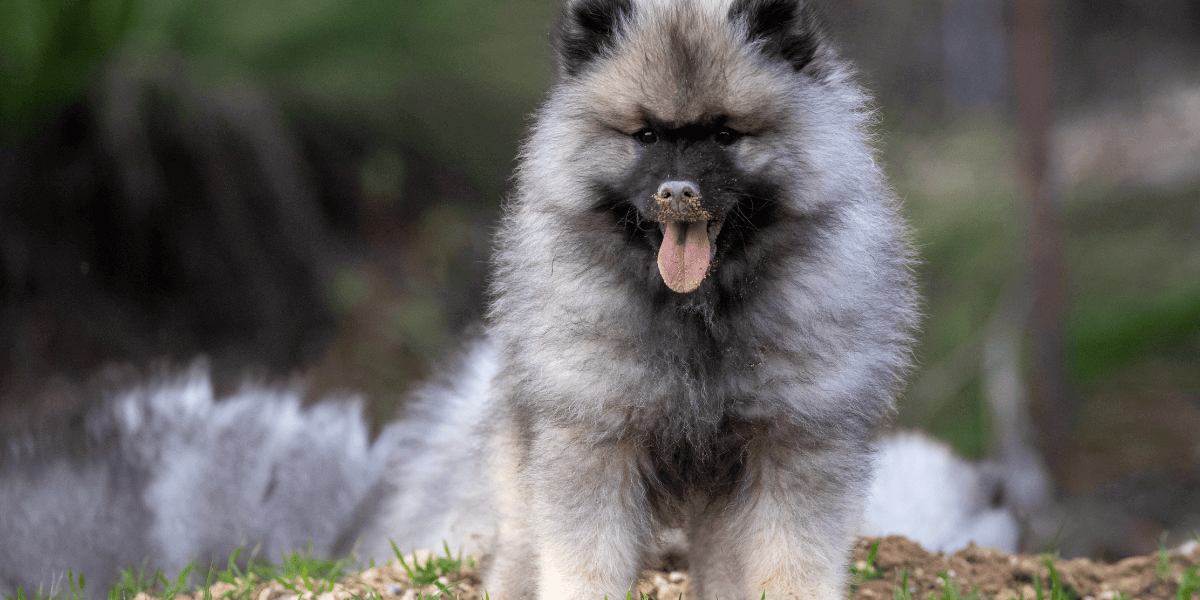
The ultimate guide to Keeshond details their unique features and striking looks.
- Size: Medium-sized dog weighing 35 to 45 pounds
- Coat: Has a dense double coat with a mane-like ruff around the neck
- Color: Typically gray, black, and cream with distinctive markings
- Tail: Curly tail that rests on the dog’s back
- Face: Fox-like face with dark expressive eyes
- Ears: Small, erect ears that add to their alert appearance
- Grooming: Requires regular brushing to prevent matting
- Shedding: Sheds seasonally and requires extra grooming during this time
3. Keeshond Personality
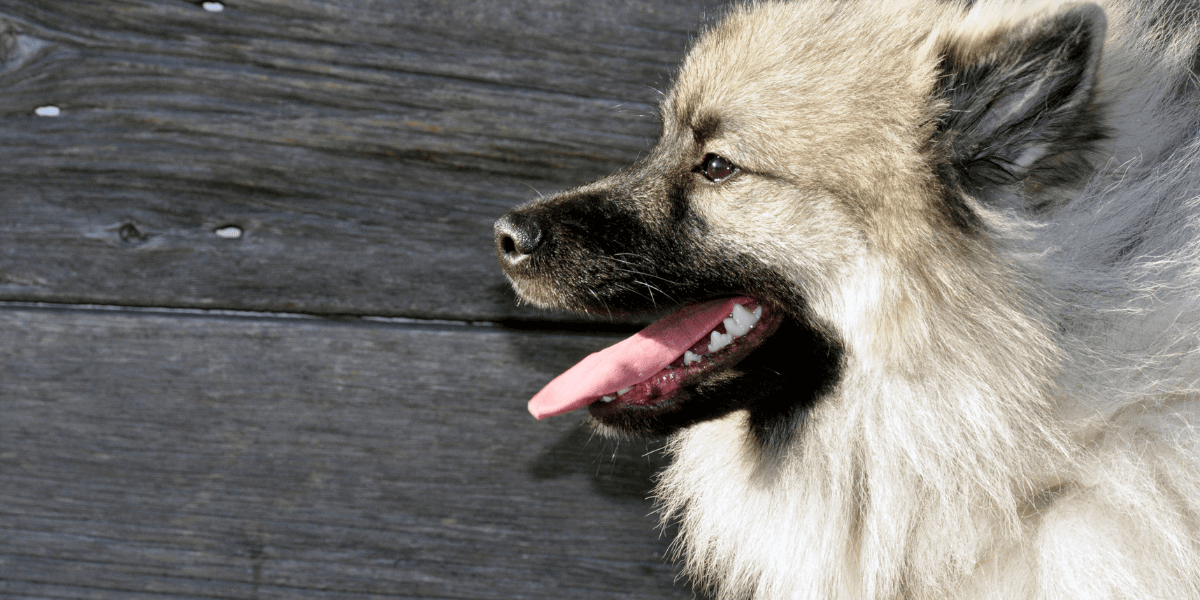
Keeshonds are affectionate, and outgoing, and make excellent companions.
- Friendly: Known for being friendly and affectionate with family members
- Social: Enjoys being around people and dislikes being left alone
- Alert: Naturally alert and makes a good watchdog
- Playful: Has a playful personality and enjoys interactive games
- Loyal: Forms strong bonds with their owners and family
- Good with Kids: Patient and gentle, making them great with children
- Intelligent: Quick learners who thrive on mental stimulation
- Energetic: Needs daily exercise to keep their energy levels balanced
4. Training a Keeshond
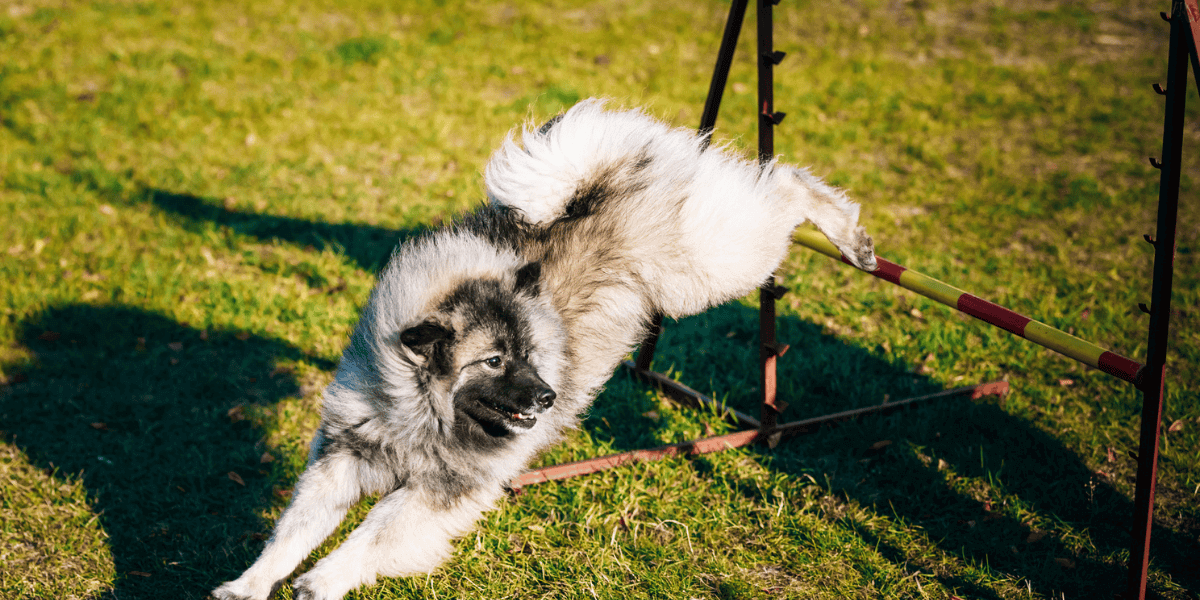
The ultimate guide to Keeshond offers tips for effective and positive training methods.
- Obedience: Start obedience training early to establish good behavior
- Consistency: Be consistent in commands and rewards during training
- Positive Reinforcement: Use treats and praise to encourage good behavior
- Socialization: Expose your Keeshond to new people and environments early
- Patience: Keeshonds respond best to calm and patient training methods
- Crate Training: Crate training helps with housebreaking and routine
- Mental Stimulation: Provide puzzle toys to challenge their intelligence
- Leash Training: Train them to walk politely on a leash from a young age
Discover effective training techniques to raise a well-behaved Keeshond, inspired by Great Dane training tips.
5. Keeshond Care
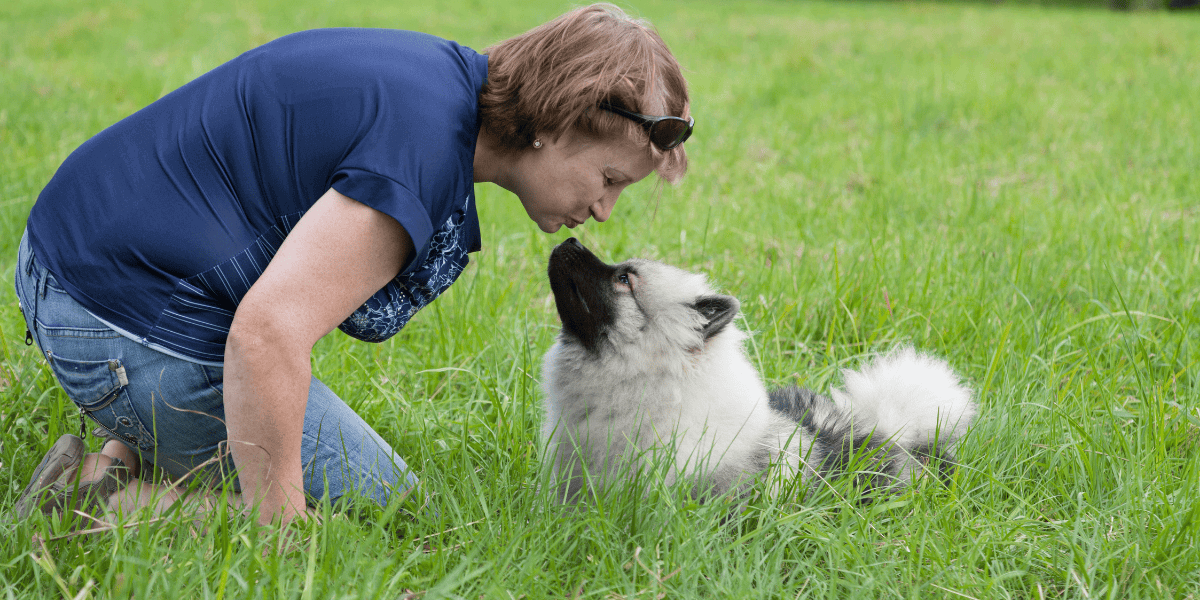
Proper care ensures your Keeshond stays happy and healthy.
- Exercise: Needs daily walks and playtime to stay physically fit
- Diet: Feed a balanced diet with high-quality dog food
- Grooming: Brush their coat at least twice a week to prevent tangles
- Vet Visits: Regular vet check-ups help catch health issues early
- Dental Care: Brush their teeth to prevent gum disease and plaque buildup
- Ear Care: Check their ears regularly for signs of infection
- Nail Trimming: Trim nails regularly to prevent overgrowth
- Weight Management: Maintain a healthy weight to avoid joint issues
6. Health Concerns in Keeshonds
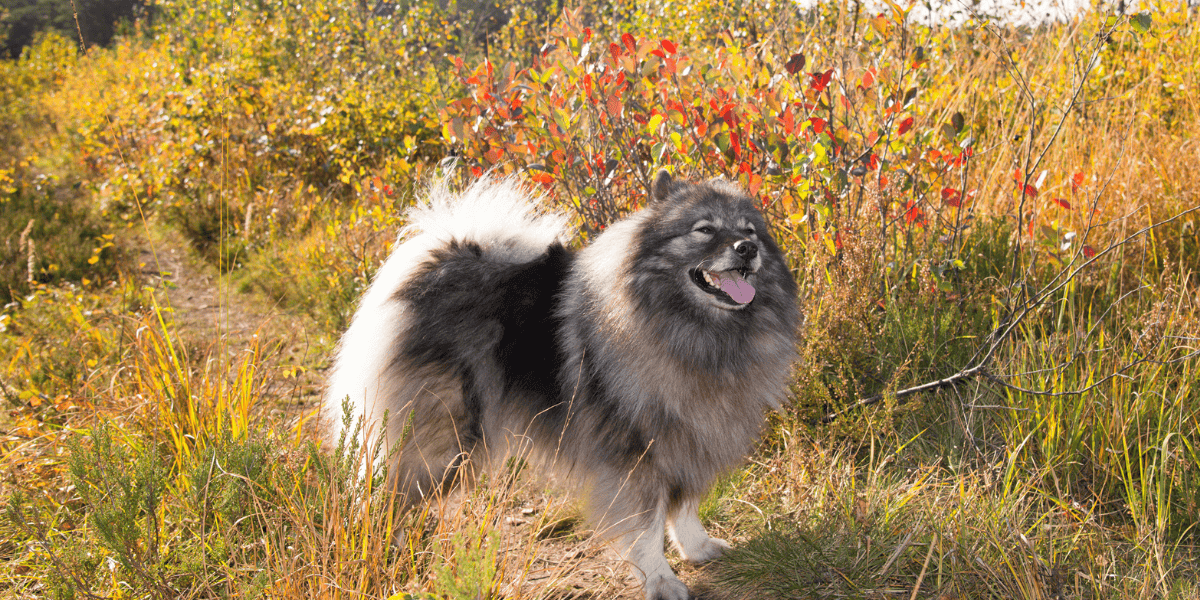
Keeshonds may face certain health challenges as they age.
- Hip Dysplasia: A genetic condition affecting the hip joint
- Hypothyroidism: A thyroid condition causing weight gain and lethargy
- Epilepsy: Seizures that can be managed with medication
- Patellar Luxation: Dislocation of the kneecap, causing lameness
- Allergies: Environmental or food allergies causing itching and discomfort
- Heart Disease: Can develop heart issues as they get older
- Eye Problems: Prone to cataracts and progressive retinal atrophy
- Bloat: A life-threatening condition affecting the stomach
Learn about common health concerns in Keeshonds and how they compare to Great Dane health issues.
7. Living with a Keeshond
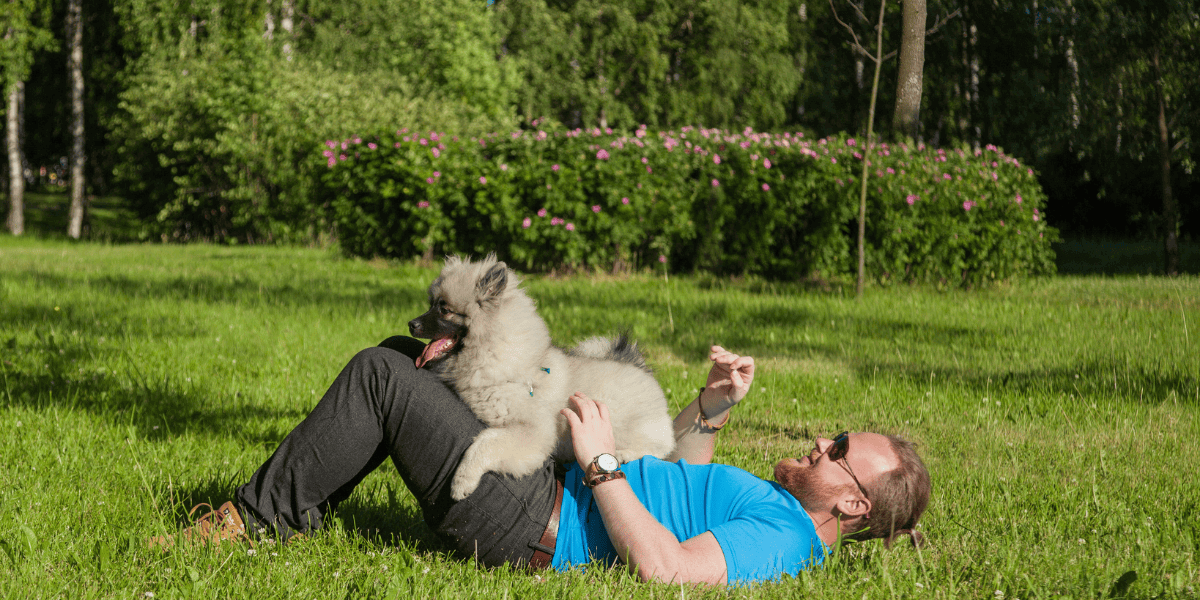
The ultimate guide to Keeshond explains how to provide the best environment for them.
- Apartment Living: Can adapt to apartment living if exercised regularly
- Yard Space: Enjoys having a fenced yard for safe outdoor play
- Family Dog: Loves spending time with the family and being involved
- Other Pets: Usually gets along well with other pets in the household
- Indoor Dog: Prefers to be inside with family rather than left outdoors
- Crate-Trained: Enjoys having a safe space to retreat when needed
- Travel: Can be a good travel companion if properly socialized
- Companionship: Thrives on human interaction and companionship
Explore how living with a Keeshond compares to family life with a French Bulldog.
FAQs
1. Is the Keeshond good with children in the ultimate guide to Keeshond?
- Yes, they are gentle and patient, making them great with kids
2. How much exercise does a Keeshond need?
- They need daily walks and playtime to stay fit and healthy
3. Do Keeshonds shed a lot?
- Yes, they have a double coat and shed seasonally, especially in spring
4. Are Keeshonds easy to train?
- Yes, they are intelligent and respond well to positive training methods
5. How often should I groom my Keeshond?
- Groom them at least twice a week to prevent matting and tangles
6. Can Keeshonds live in apartments?
- Yes, they can adapt to apartment living if they get enough exercise
7. What is the life expectancy of a Keeshond?
- The average lifespan is 12 to 15 years with proper care and attention
Conclusion
- The ultimate guide to Keeshond ensures you provide the best care for a healthy, happy dog
- Proper care and regular vet visits are essential for their health
- Grooming is important to maintain their beautiful coat and prevent shedding
- Daily exercise keeps them healthy and happy in any living environment
- Training your Keeshond with patience and consistency ensures good behavior
- Their love for human interaction makes them ideal companions
- Consider adopting a Keeshond if you're ready for a loving, loyal friend




